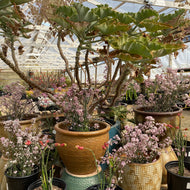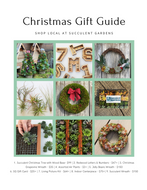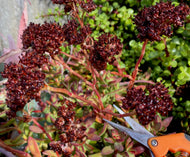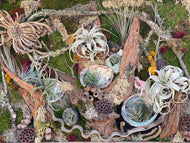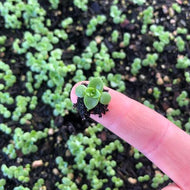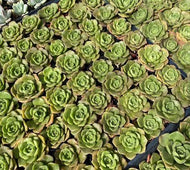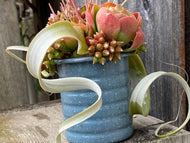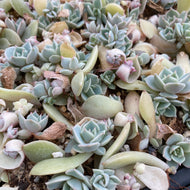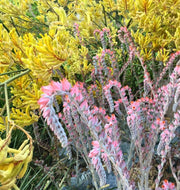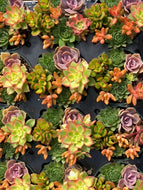We have been enjoying doing a new self-guided tour each year for our guests at Extravaganza. We started by exploring medicinal succulents, then moved on to explore the native habitats of succulents in our habitat tour, and this year focused on some 101 basics of propagation.
The first step toward being a successful succulent propagator is assembling the proper tools. Below are our recommendations for a successful start.

Sharp Shears
Everyone who is propagating their own succulents should have at least two pairs of shears in their tool box: a strong pair of pruning shears as well as a pair of trimming snips in order to get into tight places. Using the proper pair of clippers when cutting succulents is very important so that sensitive plant tissue is not being damaged.
We have a few favorites around here to recommend. The Felco F-8 Classic Pruner with Comfortable Ergonomic Design is top of the pack when it comes to quality and function, and, from our perspective, well worth the money given how long they last. For trimming snips, we recommend the Felco F-310 Picking and Trimming Snips
.
Knife
A knife is an important addition to your propagation tool box, especially if you’re propagating tough agaves, cacti, or other plants with a dense core. Only you will know how to chose a knife that best fits your needs and your ability. Remember to always have a sheath for this tool! Safety first.
Our favorite in this category -- Felco Victorinox Pruning Knife - Medium Weight. While there are less expensive options out there, we've found that they are just not as well built.
Rubbing Alcohol
Using clean tools are one of the most important aspects of successful succulent propagation! It is essential to clean your tools every time you move from cutting one plant to another. A clean blade will ensure that no infection and/or disease will be passed between plants. Simply apply rubbing alcohol or bleach onto a paper towel and gently wipe the blades of your tools clean.
Gloves
Gloves are always helpful to have in your propagation toolbox, especially when propagating spiny agaves or Euphorbias with poisonous sap. Leather gloves or gloves with a rubber layer seem to protect our hands best from painful spines.
Tool Sharpener
Keeping your tools sharp is just as important as keeping your tools clean. A dull blade will damage sensitive succulent tissue and often threaten the plants ability to regenerate growth.
Soil
A light, well aerated, and well-draining soil is crucial to ensure that our new sensitive plant’s roots can penetrate the soil easily and begin to become established. You can get premixed succulent soil at most nurseries and hardware stores, or mix your own by using a 1:1 mix of potting soil and perlite.
Cell Trays or Flats
Cell trays are incredibly useful when propagating succulents because you can fit a lot of material in a small space and later shift to bigger pots when plants are established. Flats are most useful for leaf and seed propagation.

